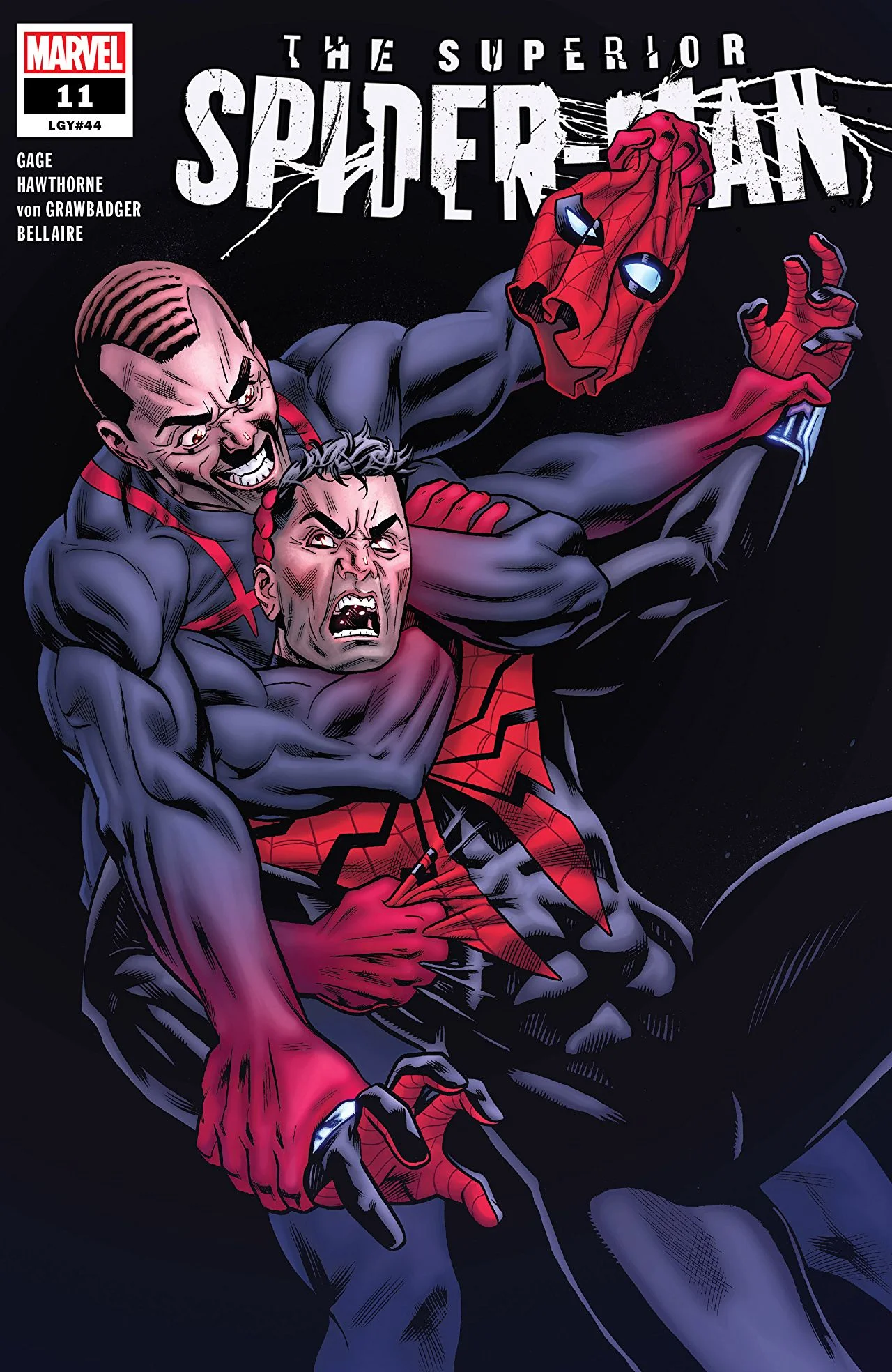Akane-banashi // Reivew
Weekly Shonen Jump has produced dozens of manga since its first issue in 1968, from the psychotically popular like Dragon Ball, or One Piece to the smaller lesser-known works like Mr. Cliche or Chameleon Jail. While Shonen Jump is mostly for “young boys” entertainment, the publication has had little hesitation in branching out with the more experimental or non-young-boy action oriented works.
For example, we have 2004’s Hikaru’s Go, about a young lad named Hikaru and his quest to become the best Go player (think Japanese chess) on the planet. And the ghost who haunts him. 1989’s Video Girl Ai would be a slice-of-life manga about a teenager and his perfect girlfriend that had been created by a weird video cassette rented from a weird store.
Hey, American comics don’t have a monopoly on weird stories.
The most recent unusual manga to come from Shonen Jump is one of those similar slice-of-life stories. Akane-banashi focuses on a young girl named Akane, and how she’s become entranced with the art of Rakugo. Wanting to follow in the footsteps of her father, Akane-banashi follows Akane as she learns the art from experts and fellow student - also explaining some of the inner secrets of the art to the audience.
The art of Rakugo is a lot similar to the western Stand-Up Comedian, at least what I’ve been able to see. A variant of vaudeville entertainment, the point of the art is to express stories with subtle motions, acting, and only using your fan and small towel as possible props. It’s a tradition that’s been going since about 1670, in which a storyteller will perform small skits often for comedic effect. It’s really hard to describe overall without injecting a Wikipedia article, so here’s a fun sample of Rakugo from Youtube.
Kyotaro Yanagiya, portraying the tale of the Grim Reaper. Make sure closed captions are on!
While the story is more about passing along a moral and has a less than humorous ending, you get the idea. Subtlety and timing are often the key, and these things can be hard to express in another medium… or even to another culture.
And yet, somehow, it works as a manga.
The manga Akane-banashi comes from a pair of creators. Suenaga Yuuki writes the story and dialogue, while artist Moue Takamasa provides the needed… well, art. The two of them are also assisted by Keiki Hayashiya, credited as a Rakogo supervisor. This means the book is going to be fairly faithful to the art, and won’t start having ghosts jumping out of left field, or Akane banishing foes to the shadow realm. Instead, Akane-banashi relies upon seeing how Akane can adapt and grow as a person, and how the others who participate in the storytelling of Rakugo interpret the art.
And while the dialogue is great, thanks to the input of translator Stephen Paul and letterer Snir Aharon, the art is really where this book can shine. There’s this delightful thing the comic does when showing a Rakugo story, where you see the storyteller kneeling in front of their audience, but the characters are projected behind them - like you can actually see what the character would look like. Bonus points for the fact that those characters in the story are often in a different style.
As a bonus, both the creators seem really intent on giving their heart and soul into the work. Characters feel fleshed out from even a single appearance, both in their dialogue and their rendition on the page. The creators even reach out for a few meta-jokes to help those unfamiliar with the various levels and standings of Rakugo, providing a real gem of interaction between Akane and her master:
While the manga is only eleven chapters in, it’s relatively easy to catch up on. As it’s published in Weekly Shonen Jump, it’s also being carried by the Shonen Jump application and on their website. The first three chapters are free, and the most recent three chapters are also always free. I highly recommend checking out the first three chapters, as this is a remarkably charming manga that shows a light on a foreign culture that you just wouldn’t stumble across normally.








